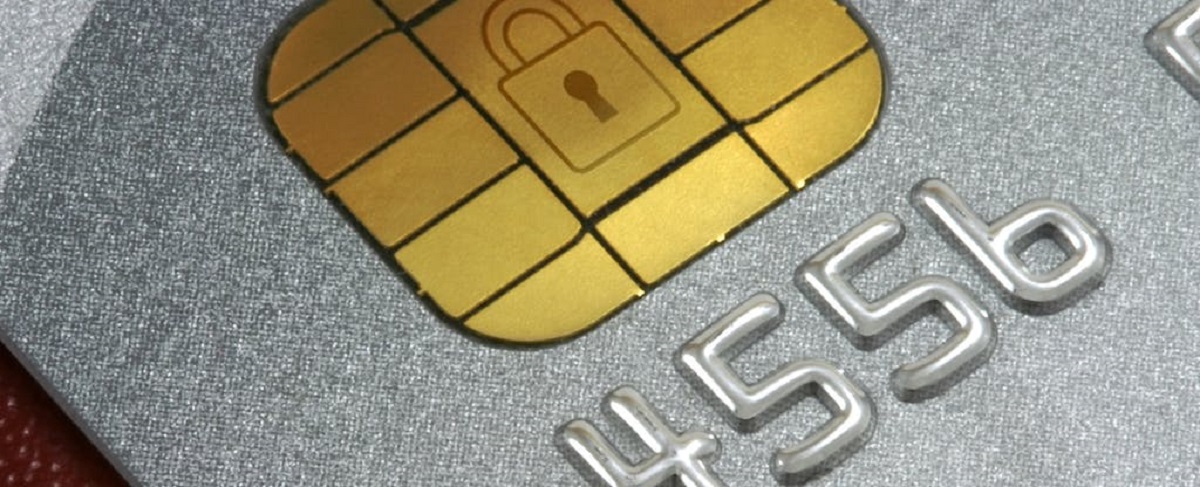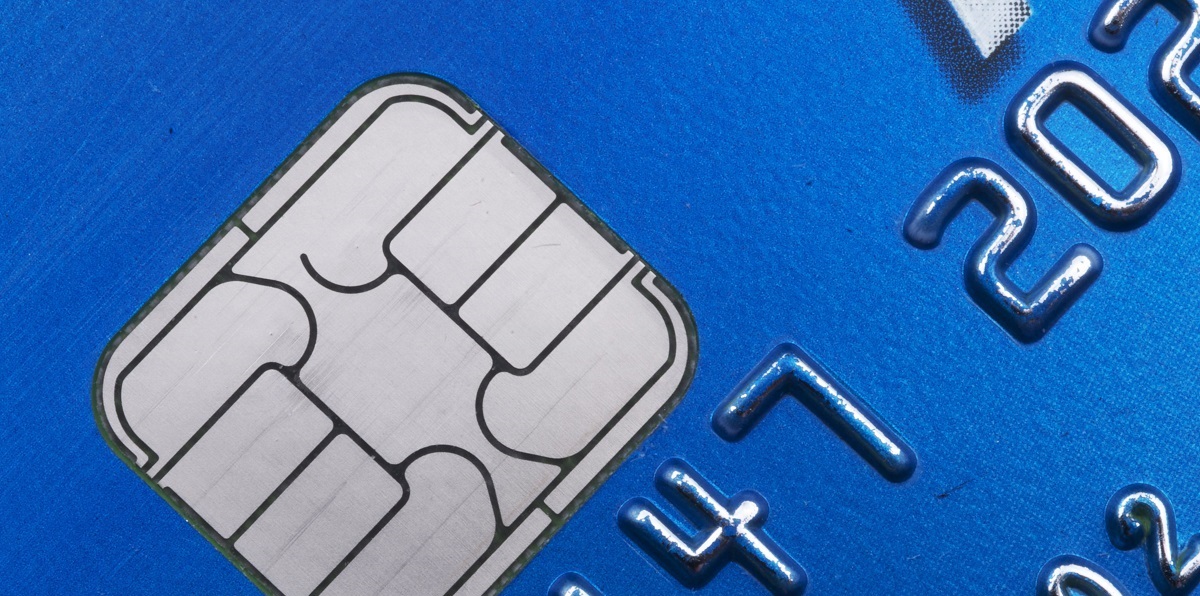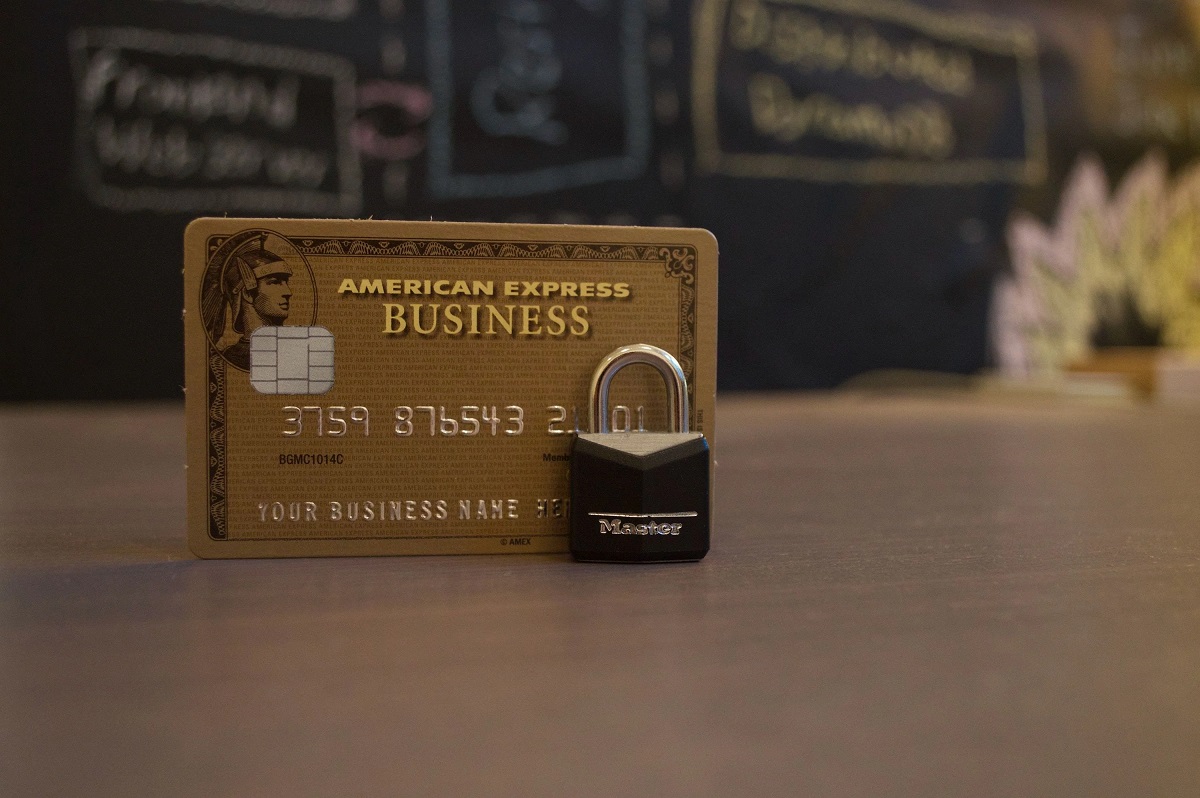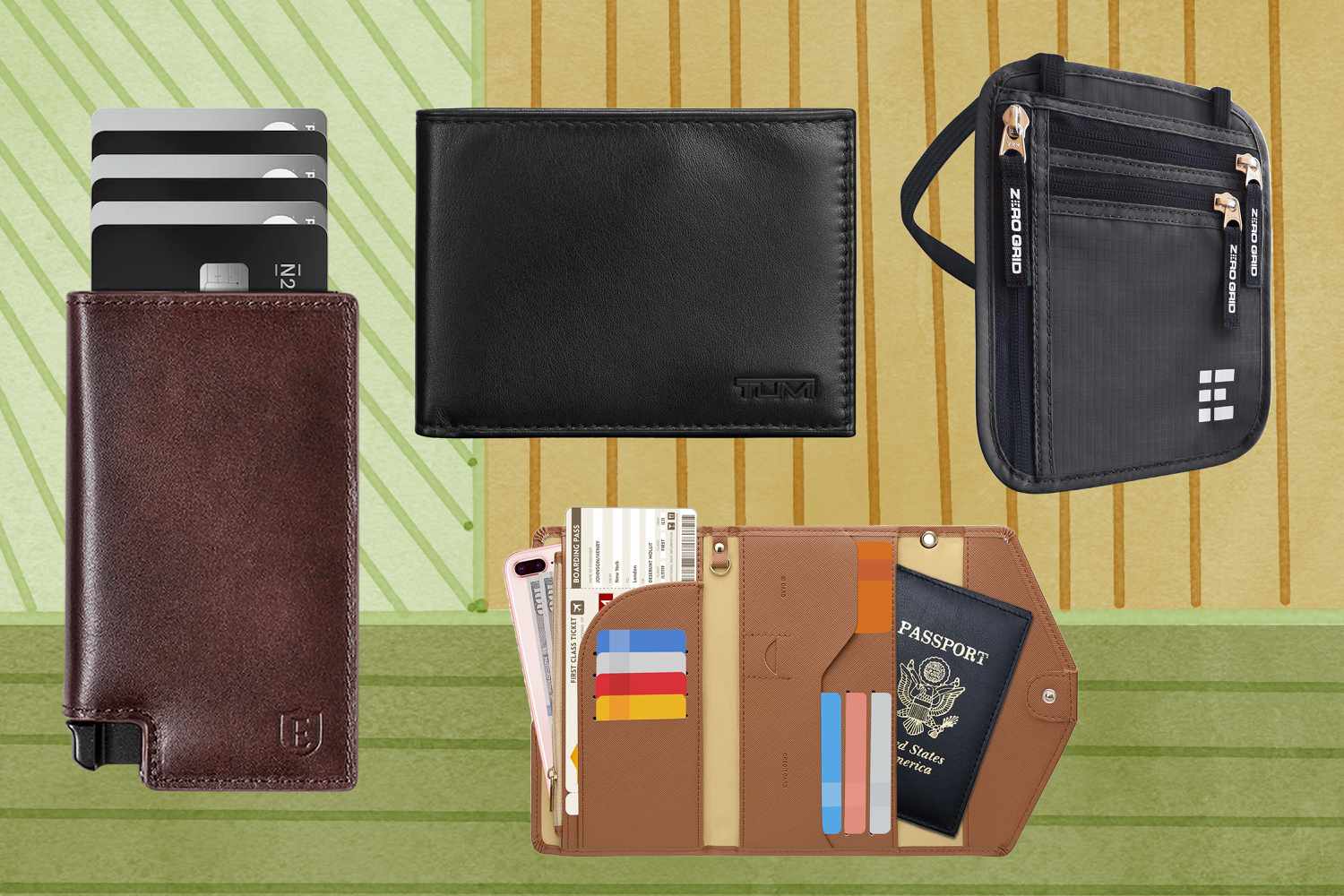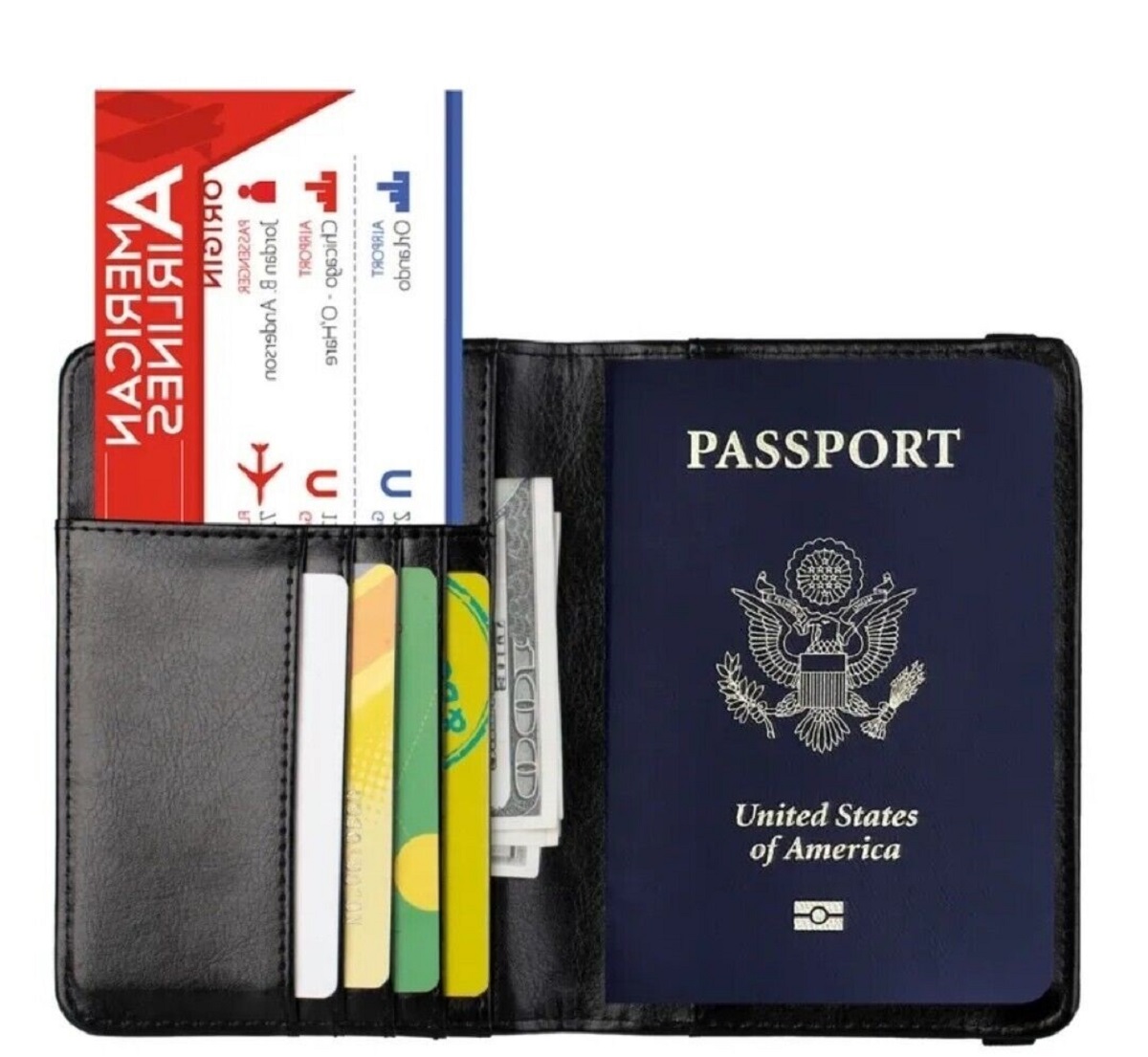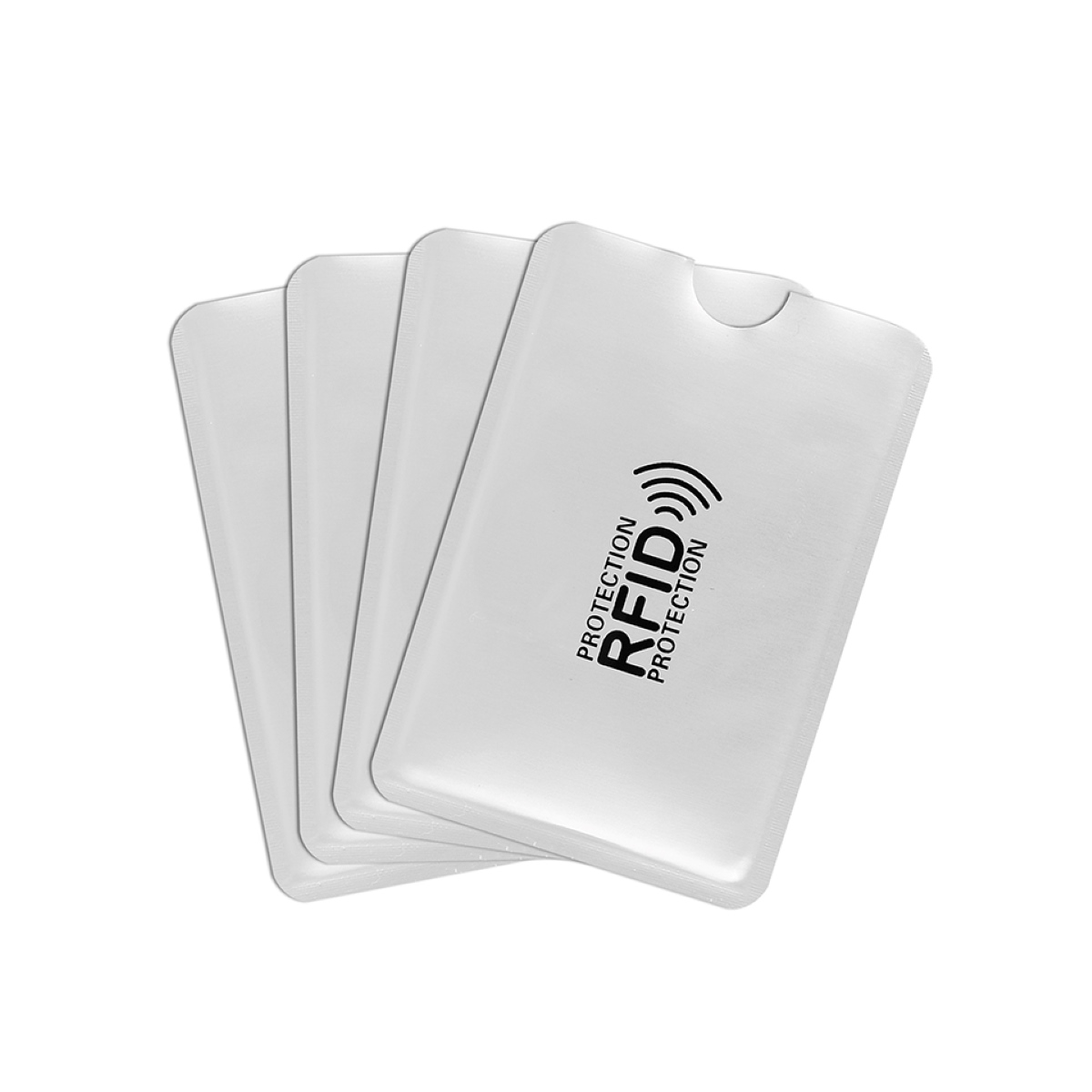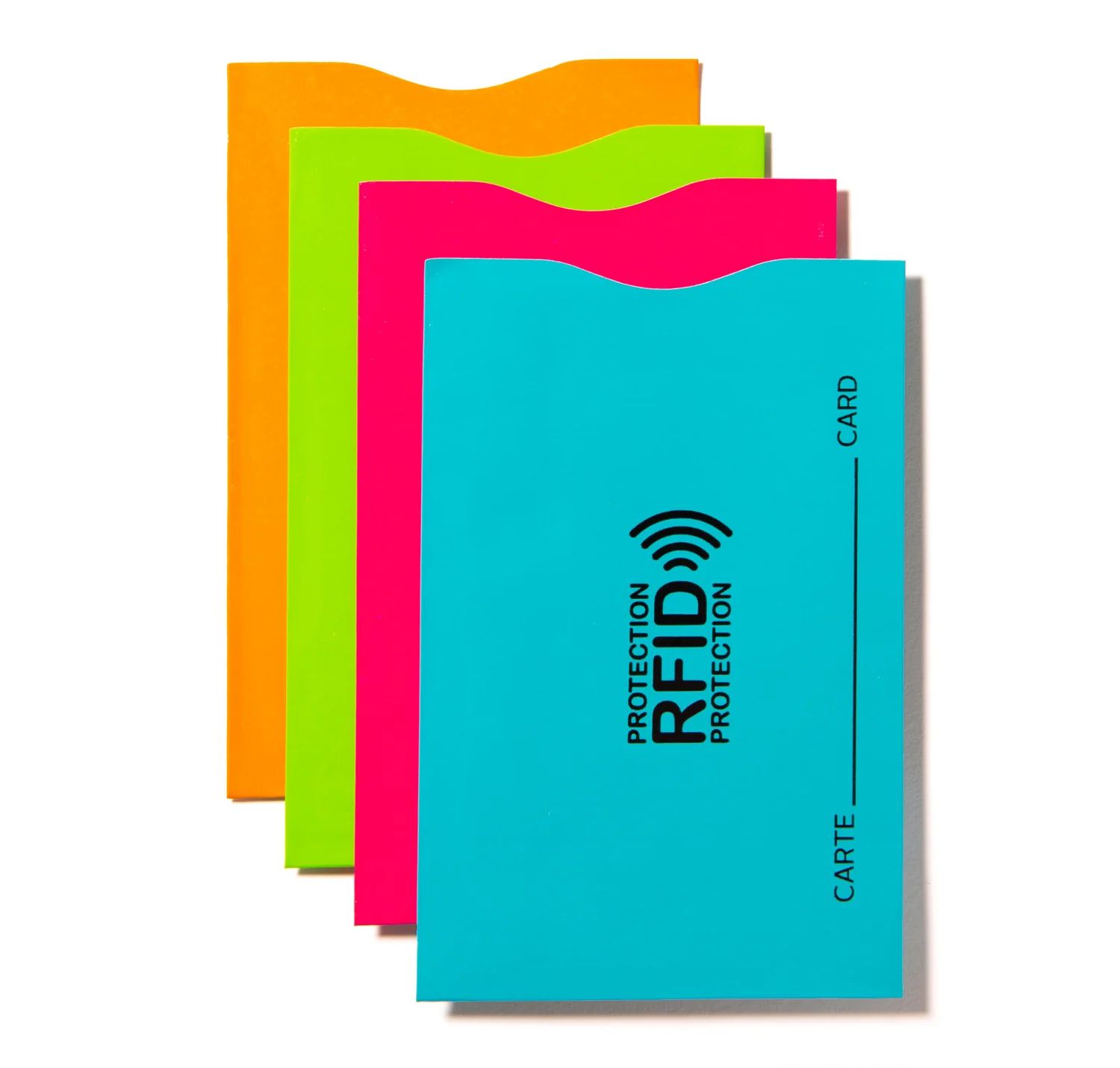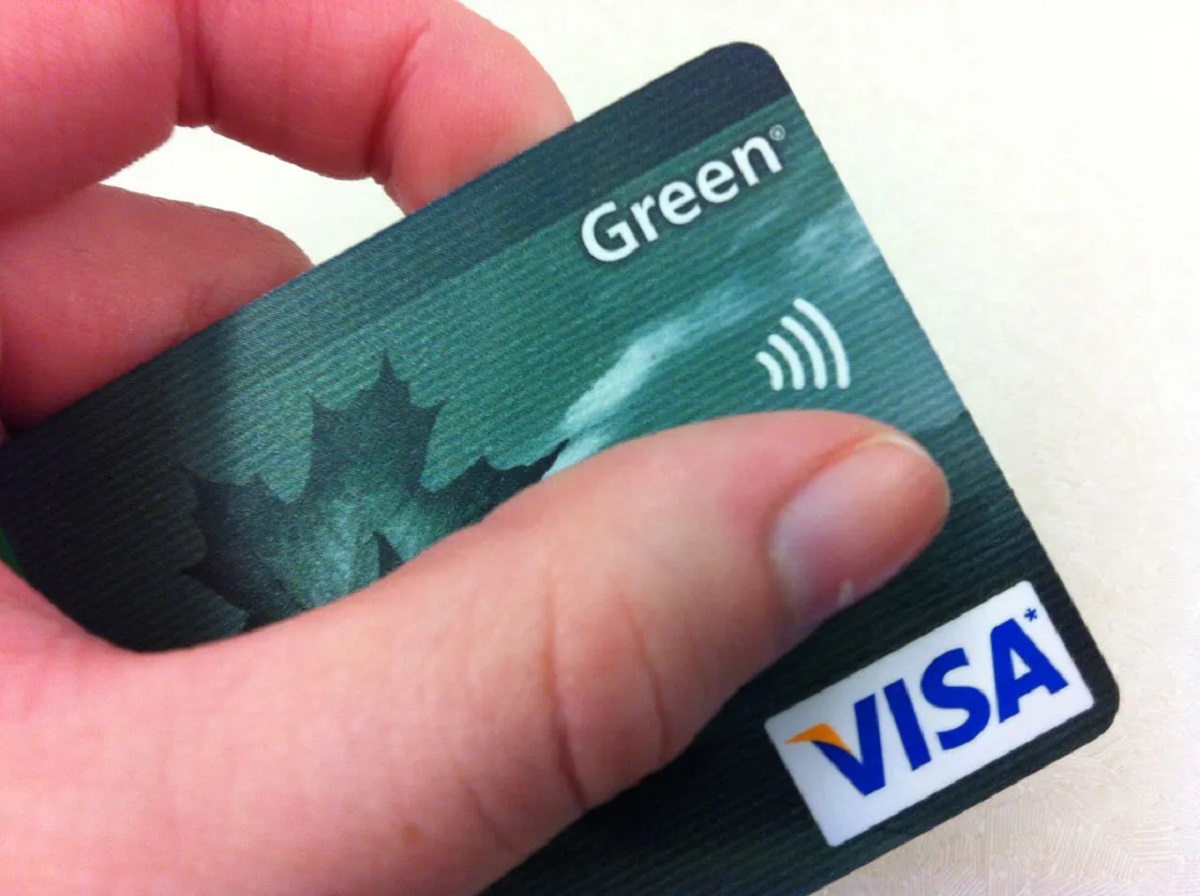Introduction
Welcome to the world of RFID chip credit cards! In this modern age of technology, we are constantly finding innovative ways to simplify our daily lives. One such advancement is the advent of RFID chip credit cards. These cards have revolutionized the way we make payments by providing a contactless and convenient solution.
RFID, which stands for Radio Frequency Identification, is a technology that allows for the wireless transmission of data between an RFID chip and a reader. This technology has been widely adopted in various industries, including transportation, supply chain management, and now, even in our financial transactions.
An RFID chip credit card, also known as a contactless credit card or a tap-and-go card, contains a tiny embedded chip that communicates with a payment terminal via radio waves. This eliminates the need to swipe or insert the card into a machine, making transactions faster and more efficient. All you have to do is hold the card near the reader, and the transaction is processed in seconds.
So, how exactly does an RFID chip credit card work? What are the benefits and concerns associated with using such cards? And most importantly, how can you protect your sensitive information from potential risks? We will explore all of these questions and more in the following sections.
Join us on this journey as we delve into the fascinating world of RFID chip credit cards and unravel the mysteries behind this groundbreaking technology. Get ready to discover the convenience, security, and potential risks associated with these futuristic payment solutions as we embark on an adventure in the realm of contactless transactions!
What Is an RFID Chip Credit Card?
An RFID chip credit card, also known as a contactless credit card or a tap-and-go card, is a type of payment card that contains an embedded RFID chip. This chip uses radio frequency identification technology to securely transmit payment information wirelessly to a payment terminal.
The RFID chip, which is about the size of a grain of rice, is integrated into the card and has a unique identifier. When the card is held near an RFID reader, the reader emits a radio signal that activates the chip. This allows the chip to communicate with the reader, transmitting the necessary payment information for the transaction to be processed.
Unlike traditional credit cards that require physical contact with a payment terminal, RFID chip credit cards allow for contactless payments. To make a payment, you simply need to hold your card near the reader within a certain proximity range. The reader reads the card’s information and the transaction is completed in a matter of seconds.
RFID chip credit cards are equipped with enhanced security measures to protect against unauthorized access and fraud. The information transmitted by the chip is encrypted, ensuring that it cannot be easily intercepted or copied by potential hackers. Additionally, most contactless payment systems require the cardholder to enter a PIN or provide biometric authentication, such as a fingerprint or facial recognition, for added security.
These cards have gained popularity due to their convenience and speed. They eliminate the need to swipe or insert the card into a payment terminal, reducing transaction times and making the checkout process more efficient, especially in busy environments like retail stores or public transportation systems.
It’s worth noting that RFID chip credit cards are not limited to just credit cards. Many debit cards, prepaid cards, and even some identification cards, such as access cards to buildings or campuses, also utilize RFID technology for contactless functionality.
In the next section, we will explore how exactly an RFID chip credit card works and the technology behind it. So, let’s dive in and uncover the fascinating mechanics of these futuristic payment solutions!
How Does an RFID Chip Credit Card Work?
RFID chip credit cards operate based on radio frequency identification (RFID) technology. The cards are embedded with a tiny RFID chip that communicates wirelessly with an RFID reader, allowing for seamless and contactless transactions.
When you bring your RFID chip credit card within the proximity of an RFID reader, the reader emits a radio signal. This signal powers up the RFID chip embedded in the card, activating it and enabling communication between the card and the reader.
The RFID chip contains the necessary information for the transaction, such as the cardholder’s account number and payment details. Using radio waves, the chip securely transmits this information to the reader, which then processes the transaction with the payment network.
It’s important to note that the communication between the RFID chip and the reader is a passive process. The cardholder does not need to swipe, insert, or physically touch the card to the reader. Instead, they simply need to hold the card within a few inches of the reader, often referred to as the “tap-and-go” method.
The RFID reader detects the presence of the card and initiates the transaction. The card’s information is transmitted to the reader via electromagnetic waves, allowing for a quick and convenient payment process.
For security purposes, RFID chip credit cards use encryption to protect the data being transmitted. The card and the reader have a cryptographic key that allows them to securely communicate. This means that even if someone intercepts the radio wave transmission, they won’t be able to decipher the encrypted data without the appropriate key.
Furthermore, most contactless payment systems have additional security measures in place. Some require the cardholder to enter a PIN on a keypad, while others may utilize biometric authentication, such as a fingerprint or facial recognition. These extra layers of security provide reassurance that the card and the transaction are legitimate.
It’s important to keep in mind that while RFID chip credit cards offer convenience and speed, there are also concerns related to their security. In the next section, we will discuss these concerns and explore how you can protect your RFID chip credit card from potential risks.
Benefits of RFID Chip Credit Cards
RFID chip credit cards offer a range of benefits that have contributed to their widespread adoption and popularity among consumers. Let’s explore some of the key advantages of using these contactless payment solutions.
1. Convenience: One of the biggest advantages of RFID chip credit cards is the convenience they offer. You no longer need to fumble with cash or worry about inserting or swiping your card. With a simple tap or wave of your card near the reader, the transaction is swiftly processed, making the payment process quick and effortless.
2. Speed: Due to their contactless nature, RFID chip credit cards significantly reduce transaction times. Whether you’re making a payment at a retail store, restaurant, or public transportation system, the seamless tap-and-go process ensures that you can complete your transaction within seconds, even in busy environments.
3. Enhanced Security: RFID chip credit cards utilize advanced security measures to protect your financial information. The data transmitted between the card and the reader is encrypted, making it difficult for potential hackers to intercept and decode the information. Additionally, the need for PIN entry or biometric authentication adds an extra layer of security to the transaction.
4. Durability: RFID chip credit cards are more resistant to wear and tear compared to traditional magnetic stripe cards. This is because they do not require physical contact or swiping, eliminating the risk of the magnetic stripe getting damaged over time. The embedded RFID chip is designed to withstand everyday use, ensuring that your card remains functional for a longer period.
5. Wide Acceptance: RFID chip credit cards are widely accepted at various merchants and establishments worldwide. As contactless payment technology continues to gain popularity, more businesses are adopting RFID-compatible payment terminals, making it easier for you to use your card for transactions.
6. Versatility: RFID chip technology is not limited to credit cards alone. Many debit cards, prepaid cards, and even identification cards make use of RFID technology for convenient contactless functionality. This means that whether you need to make a payment or access a secured area, an RFID chip card can offer the versatility to meet your needs.
Overall, RFID chip credit cards provide a secure, convenient, and efficient way to make transactions. Their benefits extend beyond just financial transactions, making them suitable for a wide range of applications.
Now that we’ve explored the advantages of RFID chip credit cards, let’s address the concerns that some individuals may have regarding their use in the next section.
Concerns About RFID Chip Credit Cards
While RFID chip credit cards offer numerous benefits, there are also concerns that some individuals may have regarding their security and privacy. Let’s address these concerns and explore the potential risks associated with using RFID chip credit cards.
1. Unauthorized Scanning: One of the primary concerns is the possibility of unauthorized scanning, also known as RFID skimming. This refers to the act of electronically stealing the information stored on an RFID chip without the cardholder’s knowledge. However, it’s important to note that the transmission range of RFID chips is typically short, requiring a close proximity to the card to read its information.
2. Data Interception: Another concern is the interception of the data transmitted between the RFID chip and the reader. While the information transmitted is encrypted, skilled hackers may still attempt to intercept and decode the data. However, the encryption algorithms used in RFID chip technology are robust and designed to protect against such attacks.
3. Identity Theft: RFID chip credit cards contain personal and financial information, making them potential targets for identity theft. If an unauthorized individual gains access to the card’s information, they could potentially use that information for fraudulent activities. However, the security measures implemented in RFID chip credit cards, such as encryption and authentication, significantly mitigate the risk of identity theft.
4. Physical Loss or Theft: As with any payment card, the risk of physical loss or theft is always a concern. If your RFID chip credit card falls into the wrong hands, there is a potential for unauthorized transactions. However, cardholders are generally protected by liability limits and should report the loss or theft to their card issuer promptly.
5. Limited Acceptance: While RFID chip credit cards are widely accepted, some establishments may not have updated payment terminals to support contactless transactions. This limitation may require cardholders to still use the traditional magnetic stripe or chip-and-PIN method for payment. However, as contactless payment technology continues to evolve, acceptance is expected to become more widespread.
It’s important to note that the concerns mentioned above are relatively rare and that the incidents of RFID chip credit card fraud are generally low. Financial institutions and card issuers continuously work to enhance security measures and stay ahead of potential risks.
In the next section, we will discuss how you can protect your RFID chip credit card from potential risks and ensure a safe and secure experience.
How to Protect Your RFID Chip Credit Card?
While RFID chip credit cards have built-in security measures, it’s always a good idea to take precautions to further protect your sensitive information. Here are some simple yet effective steps to help you safeguard your RFID chip credit card:
1. Use RFID-blocking sleeves or wallets: RFID-blocking sleeves or wallets are specifically designed to shield your RFID chip credit card from unauthorized scanning attempts. These products are made with special materials that block the radio signals, preventing hackers from accessing your card’s information. Be sure to choose a reliable and reputable brand for maximum effectiveness.
2. Be aware of your surroundings: When making a contactless payment with your RFID chip credit card, be mindful of your surroundings. Ensure that no one is standing too close to you, as a potential thief could attempt to skim your card’s information using a concealed RFID reader. Stay vigilant and use your hand or a physical barrier to shield your card while making a transaction.
3. Enable notifications and monitor your account: Take advantage of the monitoring services offered by your card issuer. Enable transaction notifications through your mobile banking app or via email. Regularly review your account statements to check for any suspicious or unauthorized transactions. Reporting any suspicious activity to your card issuer promptly can help prevent further damage and protect your financial well-being.
4. Keep your card secure: Treat your RFID chip credit card like any other valuable item. Keep it in a secure location, such as a wallet or a cardholder, when not in use. Be cautious about sharing your card details, especially the CVV code and expiration date, with anyone you don’t trust. If your card is lost or stolen, report it to your card issuer immediately to ensure that it is blocked and no further unauthorized transactions can occur.
5. Stay informed about security updates: Keep abreast of the latest developments regarding RFID chip credit card security. Stay informed about any new security features or vulnerabilities that may arise. This will allow you to make informed decisions and take appropriate actions to protect your card and personal information.
By following these simple steps, you can add an extra layer of security to your RFID chip credit card and minimize the risk of unauthorized access or fraud. Remember, it’s always better to be proactive and take preventive measures to ensure the safety of your financial transactions.
Now that we have explored how to protect your RFID chip credit card, let’s wrap up our discussion in the next section.
Conclusion
RFID chip credit cards have revolutionized the way we make payments, offering a contactless and convenient solution for transactions. These cards, equipped with embedded RFID chips, allow for quick and seamless payments by simply tapping or waving the card near a reader. But, like any technology, RFID chip credit cards come with both benefits and concerns.
The benefits of RFID chip credit cards are clear. They provide convenience, allowing for fast and effortless transactions. The speed and efficiency of contactless payments make the checkout process smoother, especially in busy environments. The enhanced security measures, such as encryption and authentication, help protect against unauthorized access and fraud. Furthermore, the durability and wide acceptance of RFID chip credit cards add to their appeal and versatility.
However, concerns about RFID chip credit cards exist as well. Unauthorized scanning, data interception, and the potential for identity theft are among the primary concerns. It’s important to note that these risks are relatively low and the incidents of RFID chip credit card fraud are not common. Financial institutions and card issuers continuously work to enhance security measures and address potential vulnerabilities.
To protect your RFID chip credit card, you can take simple steps such as using RFID-blocking sleeves or wallets, being mindful of your surroundings during transactions, enabling notifications and monitoring your account, keeping your card secure, and staying informed about security updates and developments.
RFID chip credit cards have undoubtedly changed the way we make payments, introducing convenience, speed, and enhanced security to our financial transactions. By understanding the technology and taking necessary precautions, you can confidently embrace the advantages of RFID chip credit cards while minimizing the potential risks.
So, the next time you tap or wave your RFID chip credit card for a contactless payment, remember the benefits it offers, the concerns to be aware of, and the steps you can take to protect your card. Embrace this innovative payment solution and enjoy the seamless and secure experience it provides!







